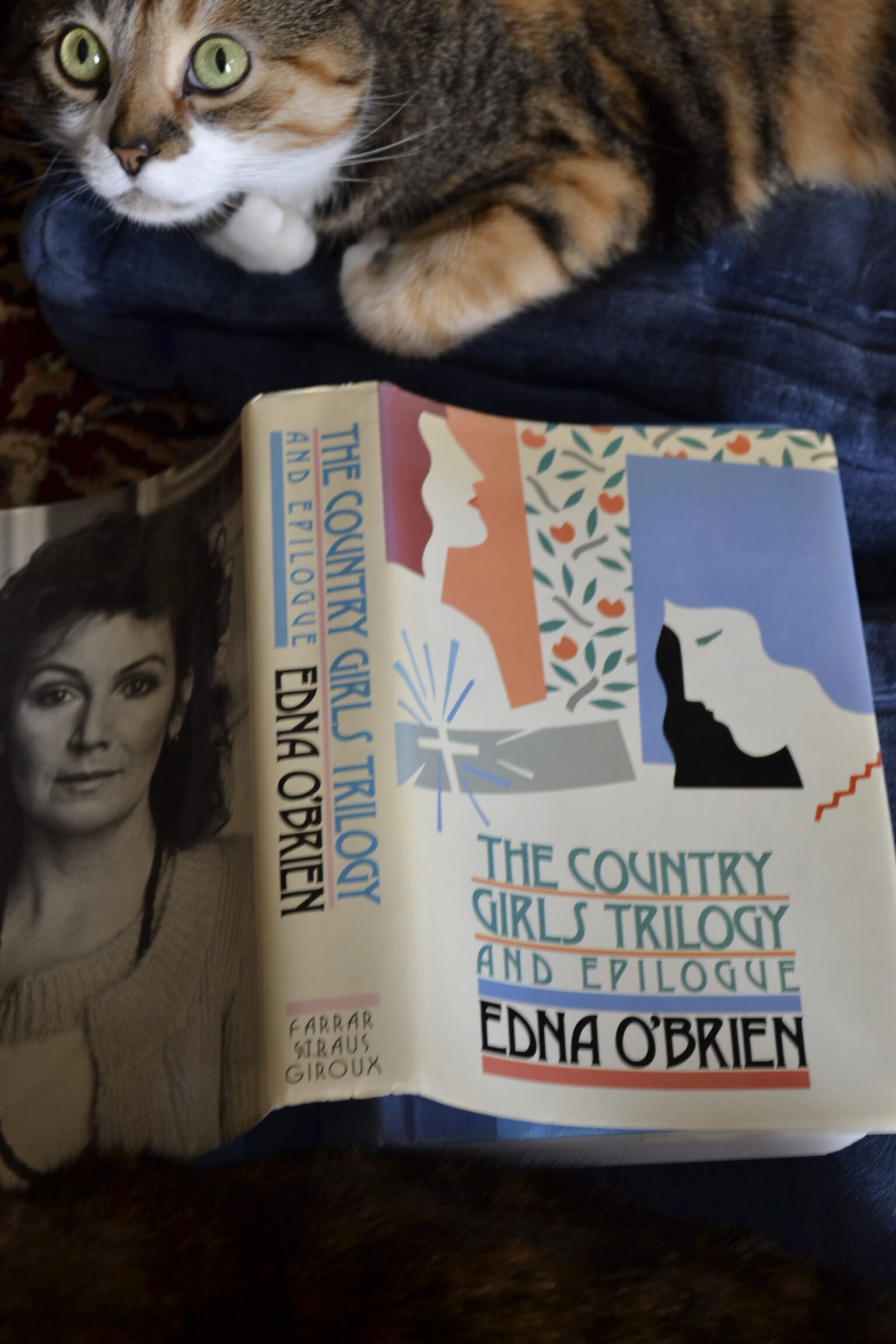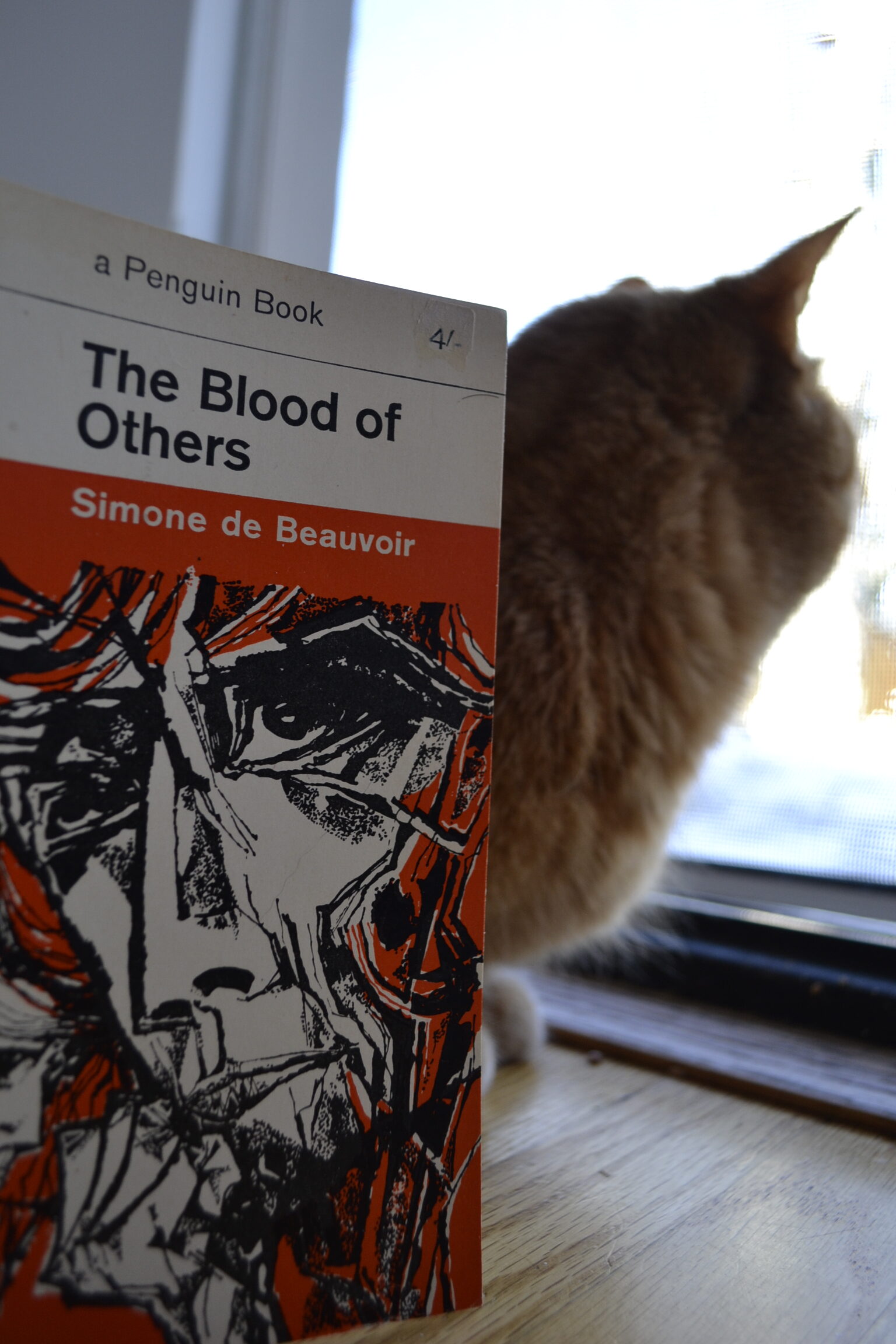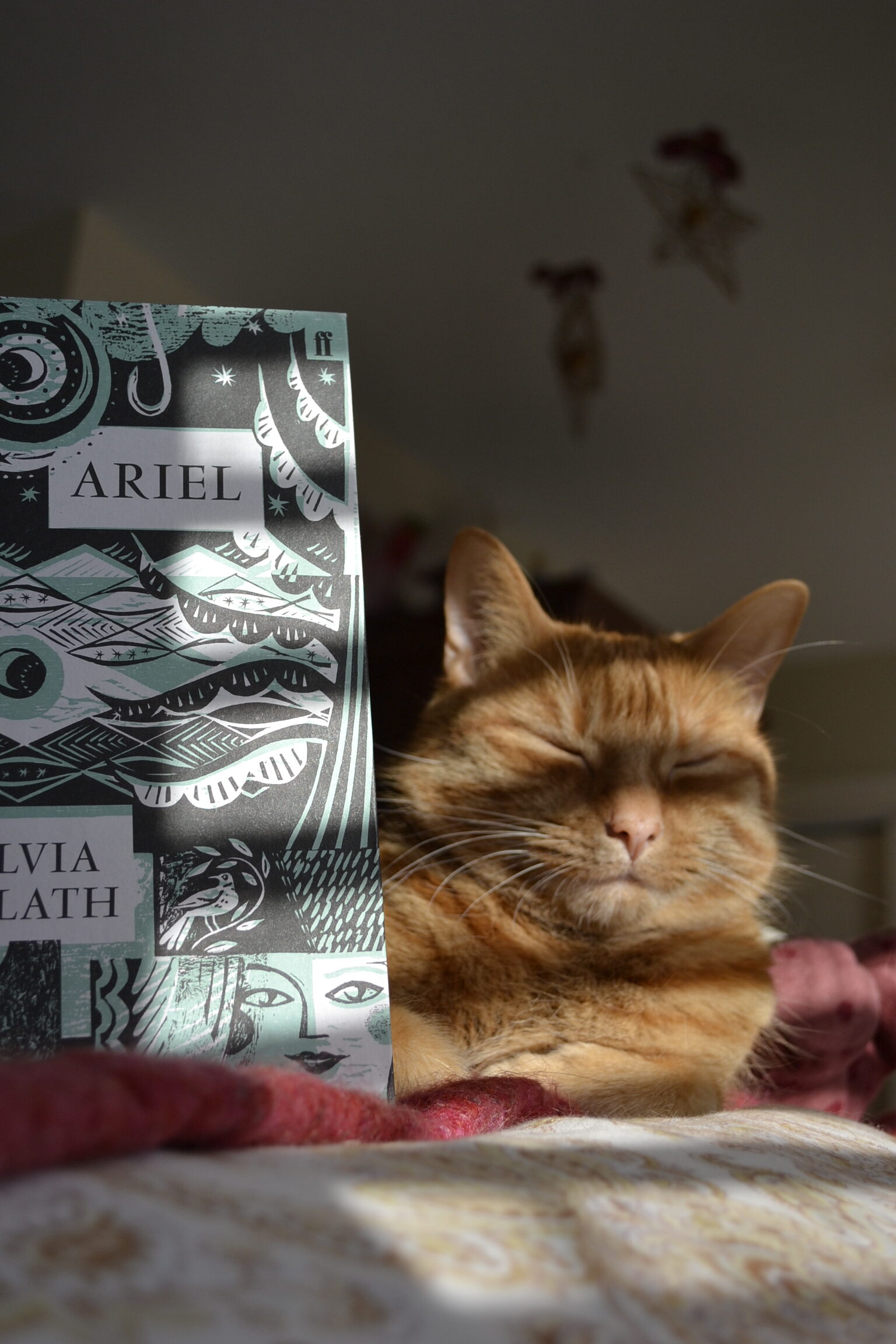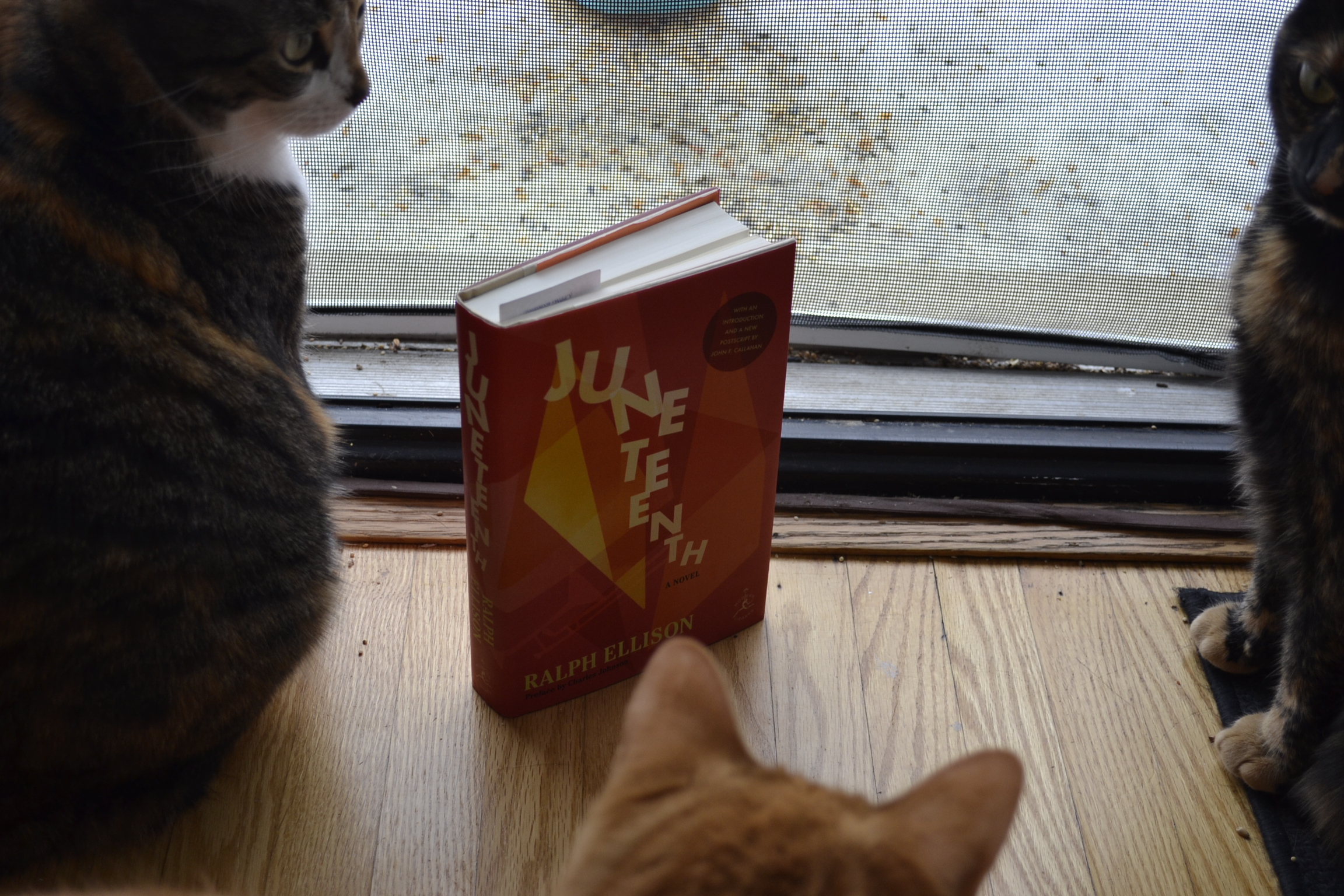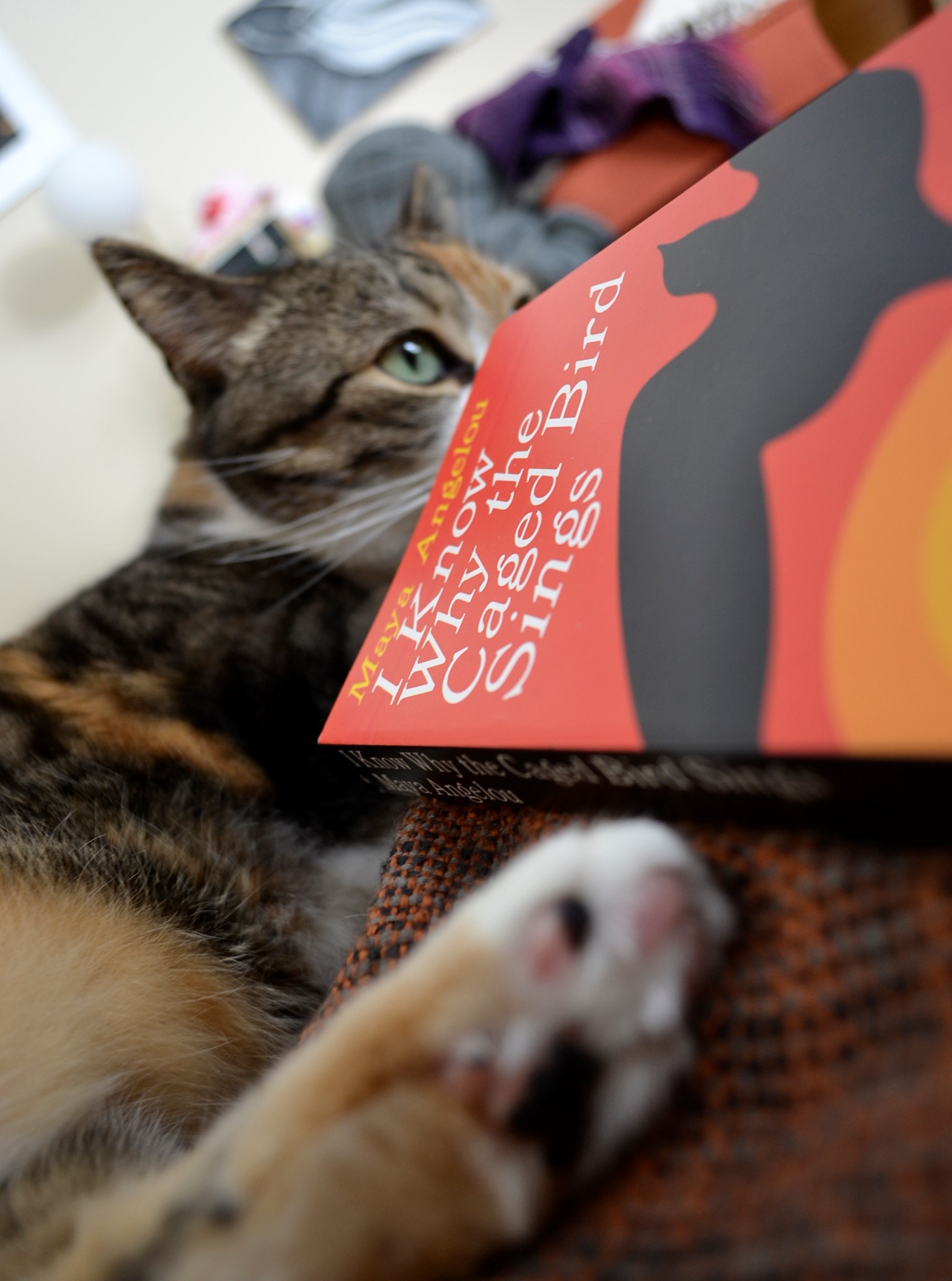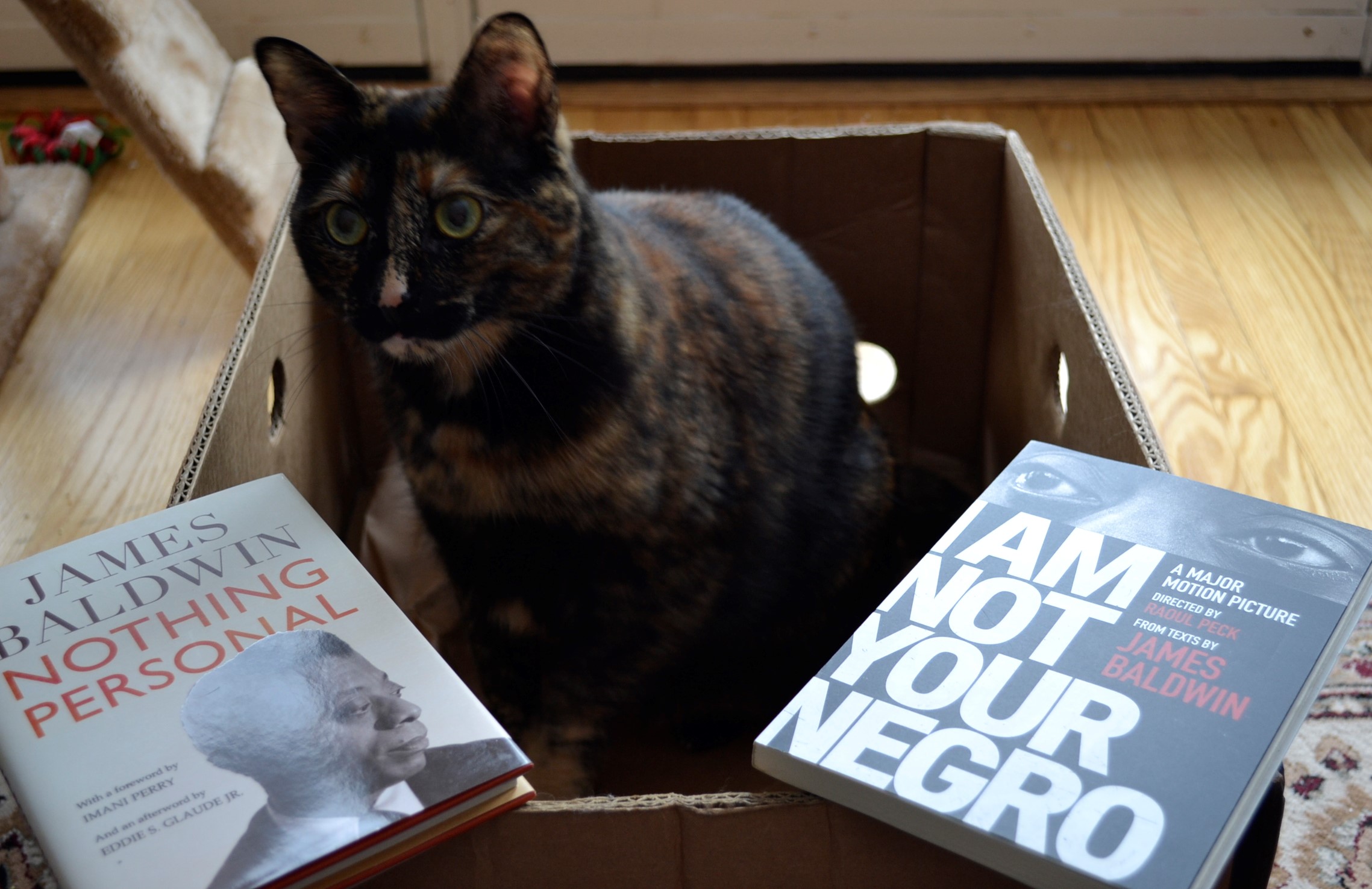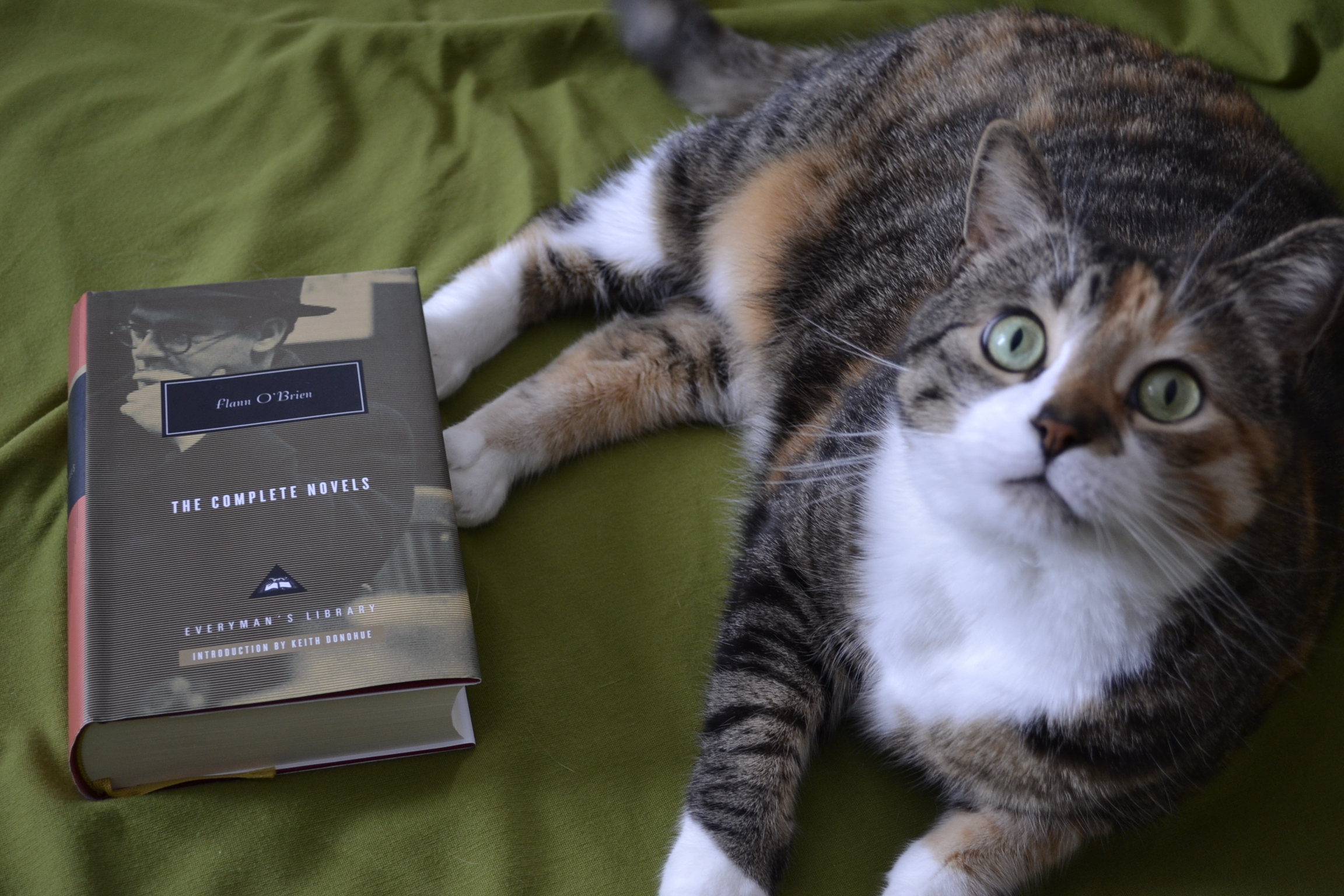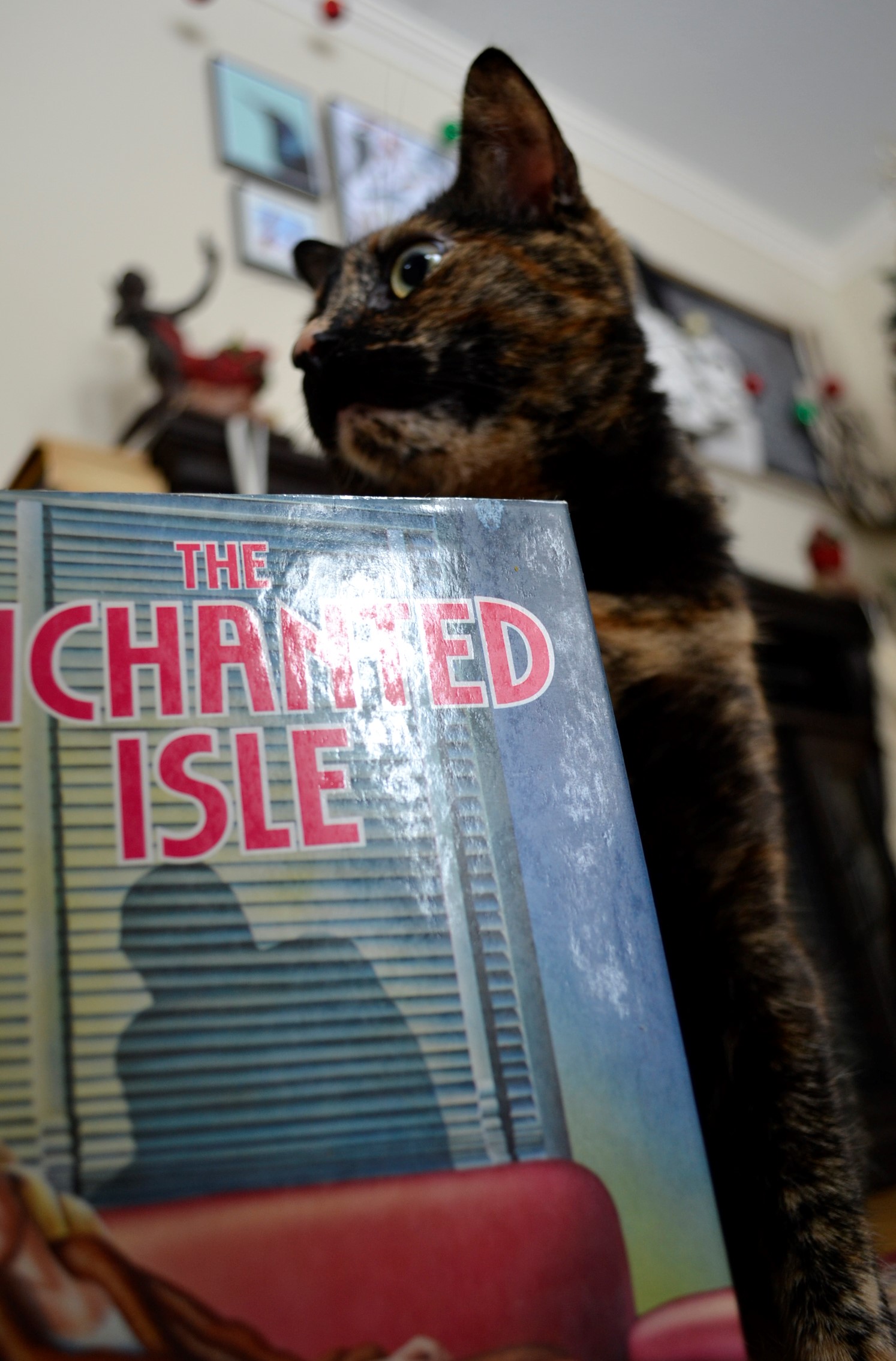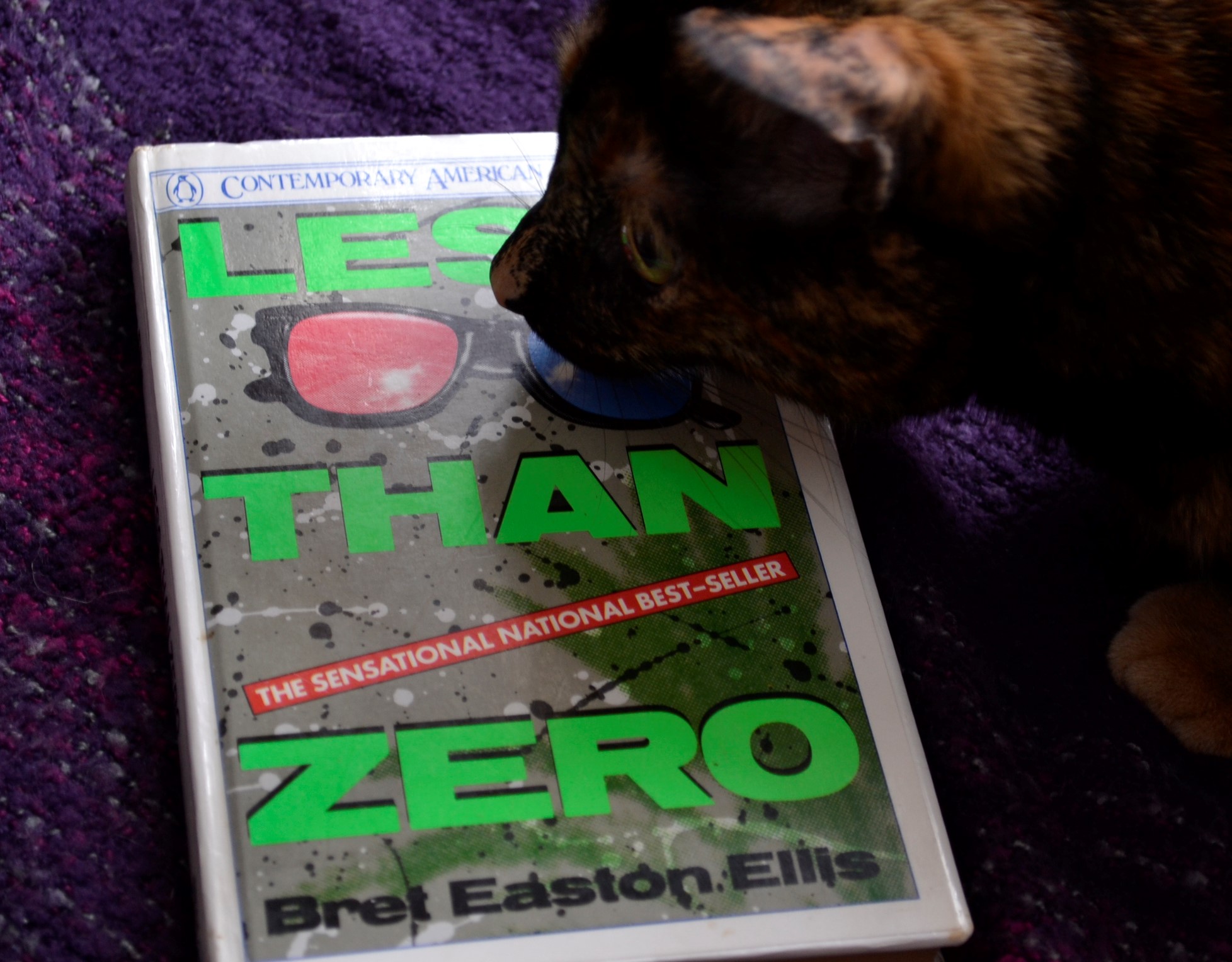The Country Girls Trilogy
Though the inside flap copy describes the trilogy as ‘Dickensian’, I have to disagree with that description. There’s a reason these books were censored in Ireland when they were first published and implying that these books have any ‘quaintness’ of tone is really not capturing what O’Brien is attempting to say.
